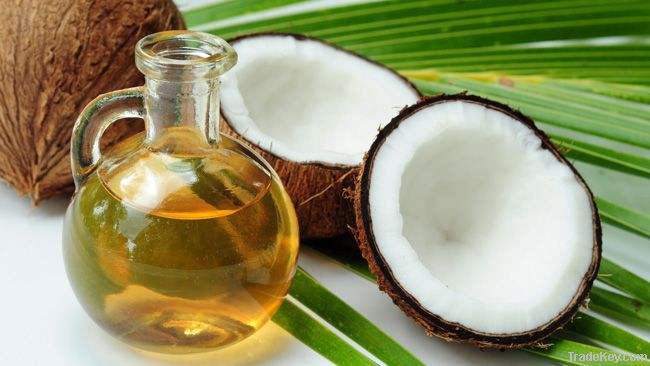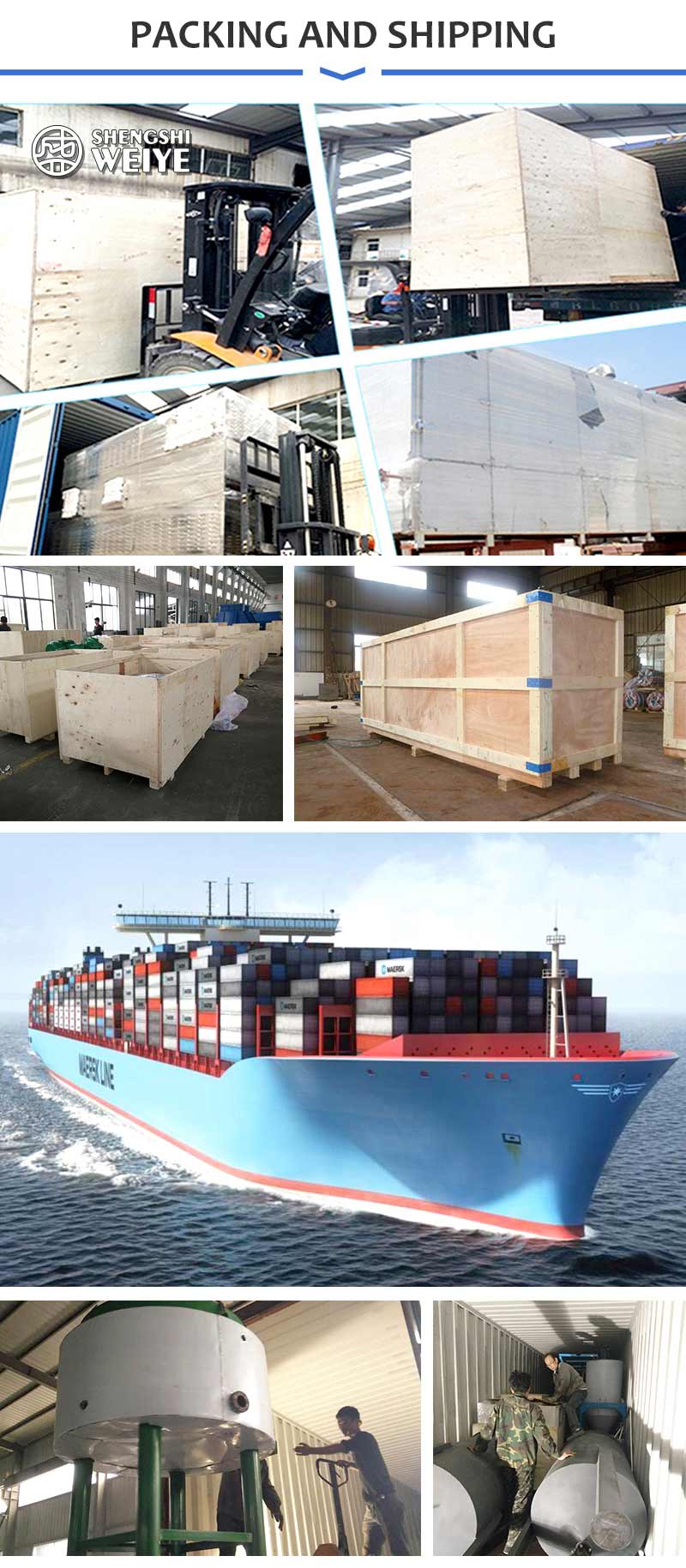In our daily life, the edible coconut oil is mostly extracted by hot press, that is to say, the oil is cleaned and crushed before high temperature heating treatment, which makes a series of changes occur in the oil, such as destroying oil cells, promoting protein denaturation, reducing oil viscosity and so on, so as to be suitable for extracting oil and improving oil yield.
Cold pressing is a kind of oil production process. Generally, cold pressing process is carried out in the environment of lower than 60 ℃, and the nutrients are retained most completely. Because the yield of cold pressed coconut oil is only half of that of hot pressed coconut oil, and the nutrients are well preserved, the market price of most cold pressed coconut oil is about 1-4 times higher than that of hot pressed coconut oil. Because the cold pressed oil is not damaged and does not need additives, it can be stored for a long time by simple precipitation and filtration. The market value is relatively high-end.
How to distinguish cold pressed coconut oil, hot pressed coconut oil and leached coconut oil
1、 Look at the precipitation. Generally, there is precipitation at the bottom of the pressed coconut oil bottle, but there is no precipitation at the bottom of the pressed coconut oil bottle.
2、 According to the wall hanging situation, the pressed oil is high in concentration, viscous and easy to hang on the wall. Because of the high water content, the leached oil is not easy to hang on the wall and is very thin.
3、 According to the color, the extracted oil is generally colorless, and the color of hot pressed coconut oil is dark, light yellow to dark yellow, while that of cold pressed coconut oil is colorless.
4、 Smell, put a drop of vegetable oil on the back of your hand, touch it well, smell it carefully, coconut oil is generally tasteless, or there are many strange smell, such as gasoline, kerosene, or spicy( Hot pressed coconut oil has only the burnt and oily smell of oil. Cold pressed coconut oil has a unique rich coconut flavor.
5、 Look at the pot effect, cold pressed coconut oil has a sudden feeling, and it is easy to be absorbed by vegetables, so cold pressed coconut oil can fry a lot of vegetables with little oil to achieve the purpose of eating good oil and less oil. Hot pressed coconut oil is not easily absorbed by vegetables. There is a sudden decrease in coconut oil.
Due to the relationship between maturity and water content, the main nutritional components of coconut kernel in different periods are very different.
Coconut water is a special component of coconut processing. Generally speaking, the water content of coconut water is 95.5%, nitrogen content is 0.05%, phosphoric acid content is 0.56%, potassium content is 6.6%, calcium oxide content is 0.69%, magnesium oxide content is 0.69%, iron content is 0.5mg/100g, total solid content is 4.7%, reducing sugar content is 0.8mg/100g, total sugar content is 2.08%, ash content is 0.62mg/100g.
If the mature coconut is not picked in time, it will germinate on the tree and lose the coconut nutrients, especially the quality of coconut jerky (meat), which will lead to rancidity and increase of free fatty acids, and ultimately affect the quality of coconut processing products. Therefore, when the coconut is mature, it needs to be picked manually. The dried coconut made from mature coconut has good color, brittleness and good storage performance. Coconut oil is colorless and has the fragrance of coconut.
For immature coconut, it needs to be stored for a period of time after picking in order to reduce water content and increase oil content, which is conducive to de coiling, shelling and improving the quality of dried coconut.
The main nutrients of coconut are concentrated in the coconut kernel, and the preparation of coconut kernel needs to remove the coconut (outer) coat. There are two ways to take off the coconut coat: manual and mechanical. Scattered and small-scale coconut peelers often use manual methods. The operation method is to put a sharp knife tip upward, fix the lower part of the knife handle on the ground, hold the coconut in hand, insert it from top to bottom towards the blade, and twist it back and forth for a few times to remove the coconut. Then, carefully split the coconut shell with a cleaver (axe) to expose the coconut meat. You can also use mechanical methods to take off the coconut coat and break the coconut shell to produce coconut meat.
The coconut shell fragments with fresh coconut meat need to be dehydrated to make the coconut meat shrink and separate from the coconut shell. The drying methods include dryer (room) and sunlight.
Technology of screw press for coconut
Coconut oil is mainly produced by pressing dried coconut oil




